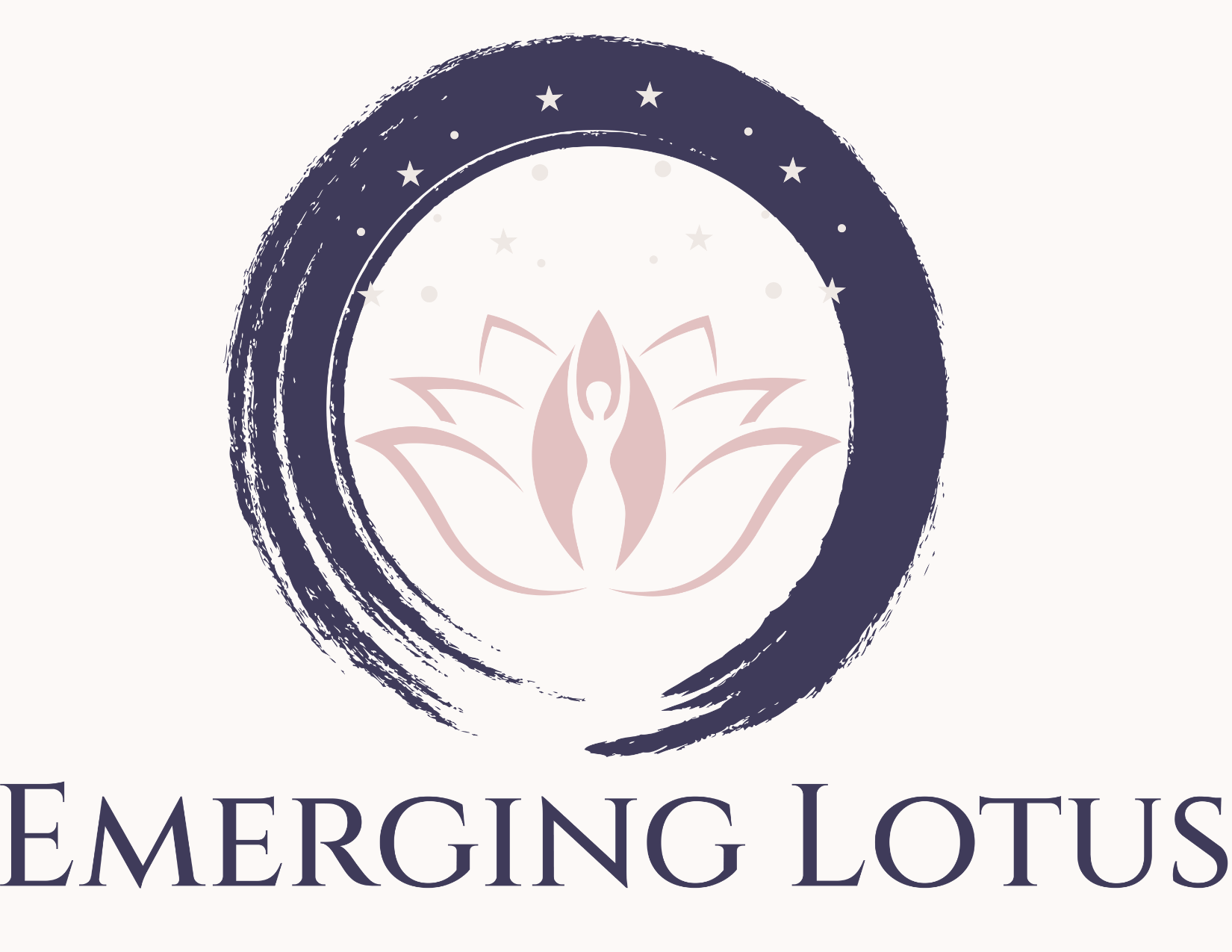Goal Setting In Two Easy Steps
How do you do with goal setting?
We all know that it is a critical step in driving our visions to reality, but it can feel intimidating and complicated.
I always hated when people told me to use SMART (Specific. Measurable. Attainable. Realistic. Time-based) goals. Nothing made me more stuck than trying to find a way to frame the goal into this format. So I decided to set my goals, and use SMART as a checklist.
I then like to AIM the goal to allow for multiple points to win. AIM stands for Actual Goal, Ideal Goal, Middle Goal. It is a fancy version of good, better, best.
These tools are super easy to use when you have a clear metric-based goal - such as “Increase profits by $8,000,000 by the end of the 4th Quarter.”
Take action with these two easy steps:
Check if it is SMART: Does this goal pass the SMART test In the above example - Yes! (assuming it is attainable and realistic for the person/team/company)
Now to AIM it: We could take that $8M as the actual goal, and stretch it to the ideal goal (aka stretch goal, aka BHAG - Big Hairy Audacious Goal) and say $15M. And a point somewhere in the middle, such as $11.5M, would be the middle goal.
Why bother with these steps?
When you set clear goals, it helps you and your team know where you are headed and it allows them to get rooted into what success looks like. It increases engagement and clarity for the tasks that need to be taken to drive the desired results.
I know, these tools are super easy when there is a quantifiable goal; but what do you do when there is a qualitative goal?
I once was given the goal of coaching an individual to make them “less of an asshole.” (No joke…totally serious). I am sure you can relate to the need for strong soft skills in leadership. The way a leader communicates and engages with their team can make or break a department, and sometimes even a company. But how do you measure success for this goal?
In the above example, I asked what the challenges were that were being summed up in the powerfully descriptive word provided. The individual’s communication was crass and direct. The individual undermined their peers and superiors. The individual rarely listened. In fact, the leader ranked this individual a 1-3 on a scale that went up to 10 in a set number of soft skill areas such as:
Communication
Listening
Empathy
Collaboration
The goal was to create a shift in the ranking of these areas by 2-3 points in the following quarter. Rating these behaviors is still subjective. To mitigate any biases, we created a multi-pronged evaluation approach, where the individual would be observed and these behaviors measured by their supervisor, select peers, select subordinates, and select executives, and the total for each would be averaged out for the overall score.
You may not always be able to use AIM, but when you can, it can help people have a real clear view of what it takes to meet or exceed goals, and how to be outstanding. The key is to find something you can measure, even if the measurement is % of completion, or yes/no on completion. AIM helps the company drive results beyond the bare minimum.
If you need help to frame up your goal, or to explore how coaching can help you drive towards your goals, book a call with me by clicking here.









